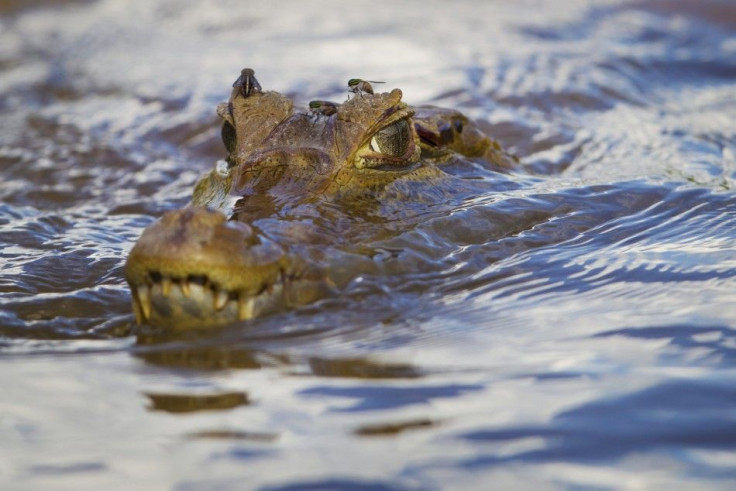Darwin Zookeepers Separate Male & Female Crocs from Philippines to Avert Tearing Each Other After Mating

A male and female crocodile pair that the Darwin Zoo imported from the Philippines had to be placed in separated cages after they had mated to prevent the two from tearing each other apart.
The aggressive rare breeding reptiles are not shy about mating in public at the Crocodylus Park of the zoo that is attempting to preserve the endangered specie, the crocodylus mindorensis, which experts estimate could number only less than 100 globally.
Read: Aussie Croc Battles Bull Shark in Northern Territory
The pair is one of 24 species of crocs, but is endemic to the Philippines. It is a freshwater specimen which the zoo imported when it was little and waited years to grow it to adult size. The zoo showed the two to the public for the first time on Wednesday.
The male measures 1.5 metres, while the female is 1.2 metres. Despite their being smaller compared to Australian crocs, they are ferocious and very aggressive in comparison to the local saltwater reptile, but more aggressive toward each other, pointed out Dr Graham Webb, owner of the animal park.
Webb said the Darwin Zoo has experience breeding animals while in captivity, and he is confident the two reptiles would breed despite their aggression. While he is hopeful that the pair would eventually be returned to their natural habitat in the Philippines, he acknowledges it had been destroyed by development in the area.
Although the Philippines has a crocodile breeding farm in Palawan, Webb said there is still much work to be done in the Southeast Asian country to educate Filipinos on how to conserve captured crocs and begin a supportive industry around the beast.
Read: Croc Belly Yields Human Remains
In 2012, the Philippines broke the world record for a captured crocodile which was named Lolong, but after a few months in captivity, it became ill and eventually died.
YouTube/FrncisKatrina2010





















